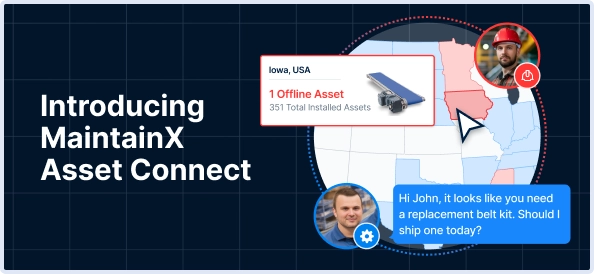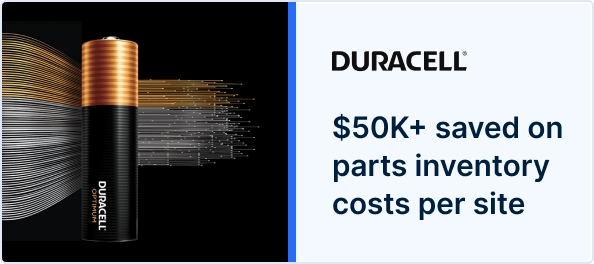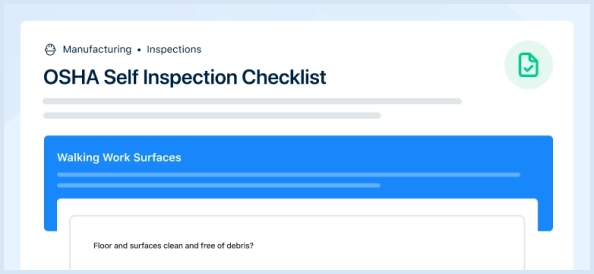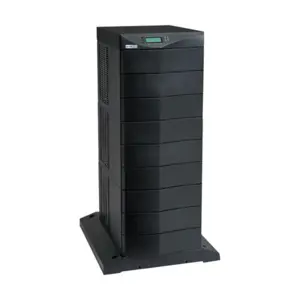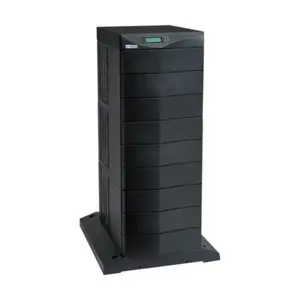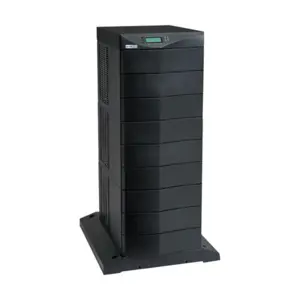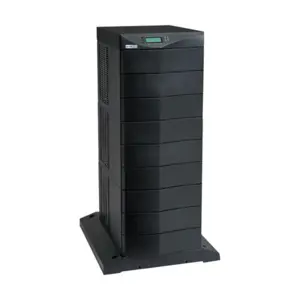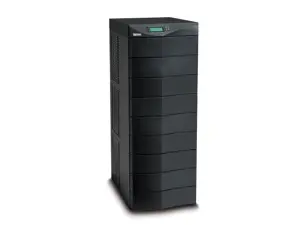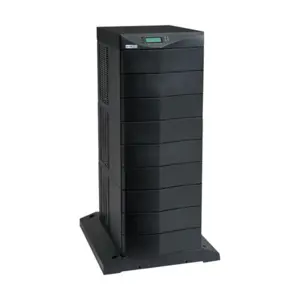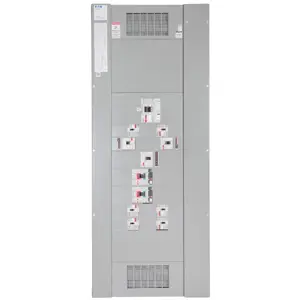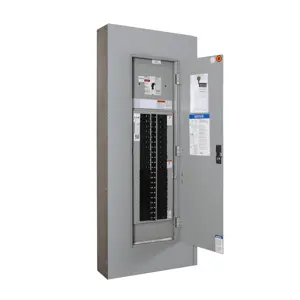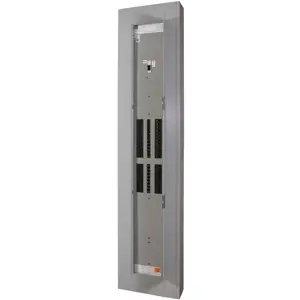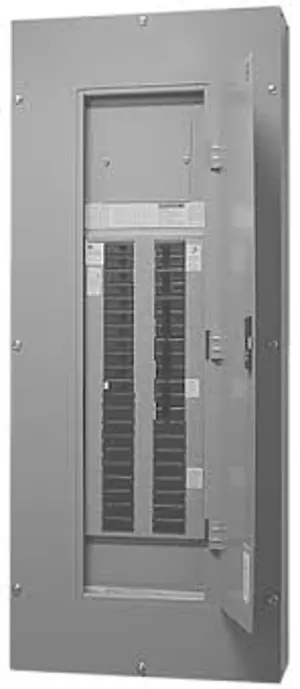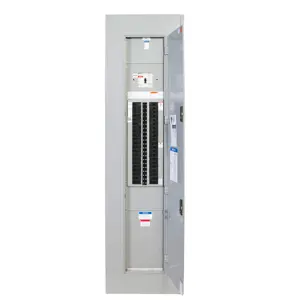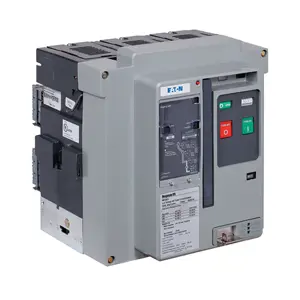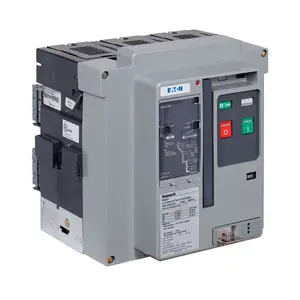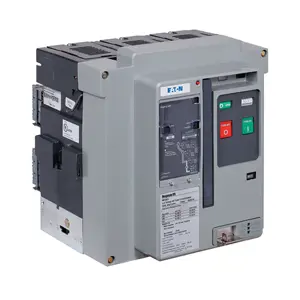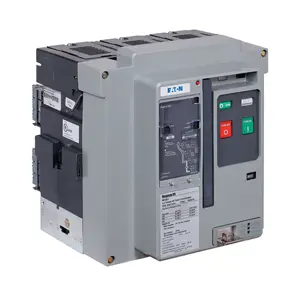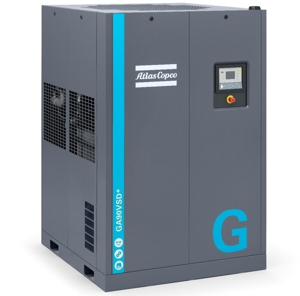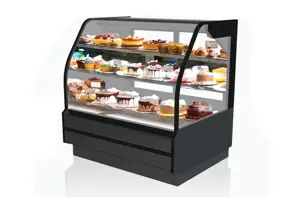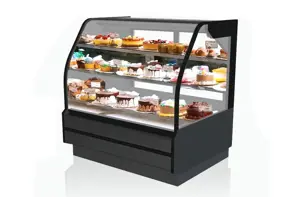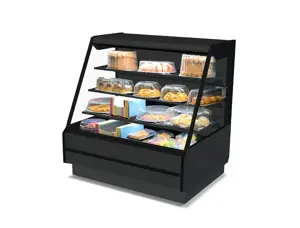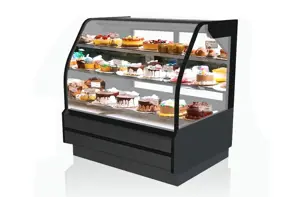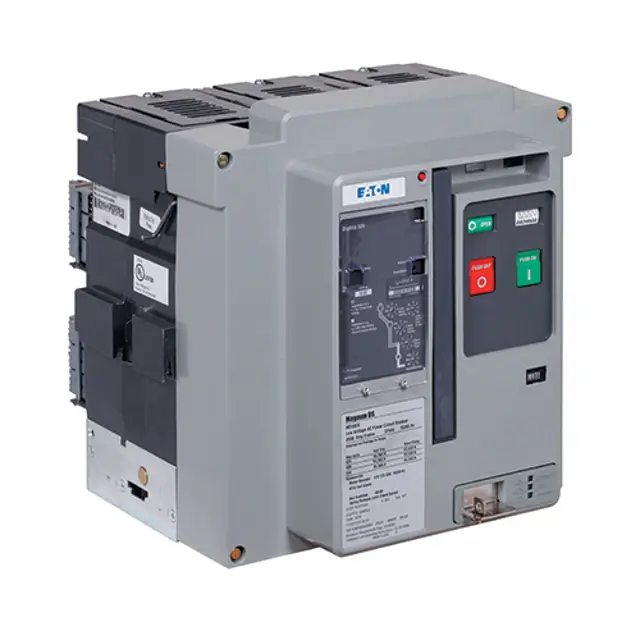

The Eaton Power Circuit Breaker MDN-408 is a robust and reliable circuit protection solution designed for industrial applications. Known for its durability and performance, this model ensures optimal safety and efficiency in electrical systems, making it a preferred choice for maintenance planners and engineers.
Turn manuals into instant answers
with your AI-powered assistantTurn manuals into instant answers
with your AI-powered assistant
Manual for Eaton Eaton Power Circuit Breaker MDN-408 MDN-408
Complete asset maintenance, one click away
Get instant access to all the maintenance information you need. Empower technicians to perform preventive maintenance with asset packages, ready to use right out of the box.
Documents & Manuals
Find all the essential guides in one place.
Tensioning Guide
Belt-diagram
C-120 pulleys
+ 13 more
Work Order Templates
Pre-built workflows to keep your asset running smoothly.
Daily Electrical System Inspection
Replace Roller and Pulley
Install Engine B-120
+ 29 more
Procedures
Integrate maintenance plans directly into your work orders.
Motion Industries
Applied Industrial Technologies
Electrical Brothers
+ 5 more
Parts
Access the parts list for your equipment in MaintainX.
Drive Motor
B2 Rollers
Tensioning System
+ 40 more

Eaton Eaton Power Circuit Breaker MDN-408 MDN-408
Create an account to install this asset package.
Maintenance Plans for Eaton Eaton Power Circuit Breaker MDN-408 Model MDN-408
Integrate maintenance plans directly into your work orders in MaintainX.
Secondary Connection Inspection
Pre-Inspection Conditions:
Device (Fixed): Position of Poles: Open, Mechanism: Discharged, Device Position in Cassette: -.
Device (Drawout): Position of Poles: Open, Mechanism: Discharged, Device Position in Cassette: Removed.
Procedure:
Breaker:
1. Remove the breaker cover.
2. With breaker removed from cell, verify that the breaker secondary disconnect pins are fully seated and locked into position by lightly pulling on each wire individually.
Note: Do not exceed 1 lb of force or damage to pin or housing may occur.
3. Ensure all pins are straight without bends, corrosion, or show evidence of arcing.
3 Yearly Interlocks Inspection
Pre-Inspection Conditions: Device (Fixed): Position of Poles: Open, Mechanism: Discharged, Device Position in Cassette: -. Device (Drawout): Position of Poles: Open, Mechanism: Discharged, Device Position in Cassette: Removed.
WARNING: REMOVE THE DRAWOUT CIRCUIT BREAKERS FROM THE CASSETTE FOR THE FOLLOWING TESTS. FOR FIXED MOUNTED CIRCUIT BREAKERS, ALL PRIMARY AND SECONDARY POWER IS TO BE REMOVED.
Remove the breaker cover.
Verify that the breaker is in working order by charging the breaker, closing the breaker, recharging the breaker, and opening the breaker.
Verify that the circuit breaker will not close if any of the following mechanical conditions exist.
If the breaker is equipped with an Undervoltage Release that is NOT energized, and the breaker is charged and opened, depress the ON (close) pushbutton The breaker should not close.
For drawout breakers, lift the levering-in screw access door With the door open or not fully closed, depress the ON (close) button The breaker should not close.
Rotate the levering-in screw and verify that the door does not close in intermediate positions The door should only close in the full disconnect, test, and connect positions.
Return the drawout levering-in screw to the disconnected position.
1 Yearly Arc Chute Inspection
Pre-inspection conditions: Device(Fixed): Position of Poles: Open, Mechanism: Discharged, Device Position in Cassette: -. Device(Drawout): Position of Poles: Open, Mechanism: Discharged, Device Position in Cassette: Removed.
When a circuit breaker experiences a high-level fault or during regularly scheduled maintenance periods, the circuit breaker’s arc chutes and arc chambers should be inspected for any kind of damage or dirt. Be especially alert for signs of significant erosion of the V-shaped plated inside the arc chute.
Arc chutes fit inside the arc chambers and down over the primary contacts. Each arc chute is held in place by either 1 (SB) or 4 (SBSE) top inserted screws.
Remove arc chute screws and all arc chutes from the arc chamber.
Turn each arc chute upside down and visually inspect the inside.
Look for erosion and sooty discoloration on the splitter plates and insulating jacket If arc chutes show severe signs of erosion or discoloration, replace with a new arc chute.
Note: Because the arc chutes are removed, this is an ideal time to inspect the primary contacts for wear (See Primary Contact Inspection procedure on page 59).
When the inspections are complete, position each arc chute over its respective set of primary contacts, and secure in place with the screw(s) removed earlier Be sure to torque arc chute screws to 35 to 45 in-lb.
Sign off on the arc chute inspection
Manual Operation Functional Testing
Charge the breaker mechanism springs either using the charging handle or the motor operator.
Press the ON pushbutton to close the breaker manually and verify closing by noting the state of the indicating flag.
Charge the breaker mechanism springs either using the charging handle or the motor operator. If using the motor operator, disconnect power to it to prevent automatic recharging.
Press the OFF pushbutton to manually open the breaker.
Press the ON pushbutton to manually close the breaker. Is the breaker closed?
Press the OFF pushbutton to manually open the breaker. Is the breaker open?
Note: Repeat this entire described test procedure three times.
Sign off on the manual operation functional testing
2 Yearly Secondary Injection Trip Unit Testing
Warning: This procedure requires trained personnel!
Charge the breaker mechanism springs either using the charging handle or the motor operator
Close the breaker by applying rated voltage to the spring release accessory and verify closing by noting the state of the indicating flag
Charge the breaker mechanism springs either by using the charging handle or the motor operator. If using the motor operator, disconnect power to it to prevent automatic recharging
Check the state of the pop-out trip indicator (if so equipped). If it is 'out,' then reset it
Press the ON pushbutton to manually close the breaker. If the indicator is 'out,' then reset it
Use the Functional Test Kit to trip the breaker by setting its SELECT TEST switch to INST, then pressing its PUSH TO TEST button. Verify that the trip indicator pop-out button (if so equipped) is 'out' and then reset it by pressing the pop-out button. The trip unit then needs to be reset by the Reset/Battery Test pushbutton on the front of the trip unit
Repeat this entire described test procedure three times. Digitrip 520 trip units require power to the trip units to be reset
Upload a photo of the completed test
Unlock efficiency
with MaintainX CoPilot
MaintainX CoPilot is your expert colleague, on call 24/7, helping your team find the answers they need to keep equipment running.
Reduce Unplanned Downtime
Ensure your team follows consistent procedures to minimize equipment failures and costly delays.
Maximize Asset Availability
Keep your assets running longer and more reliably, with standardized maintenance workflows from OEM manuals.
Lower Maintenance Costs
Turn any technician into an expert to streamline operations, maintain more assets, and reduce overall costs.
Thousands of companies manage their assets with MaintainX














